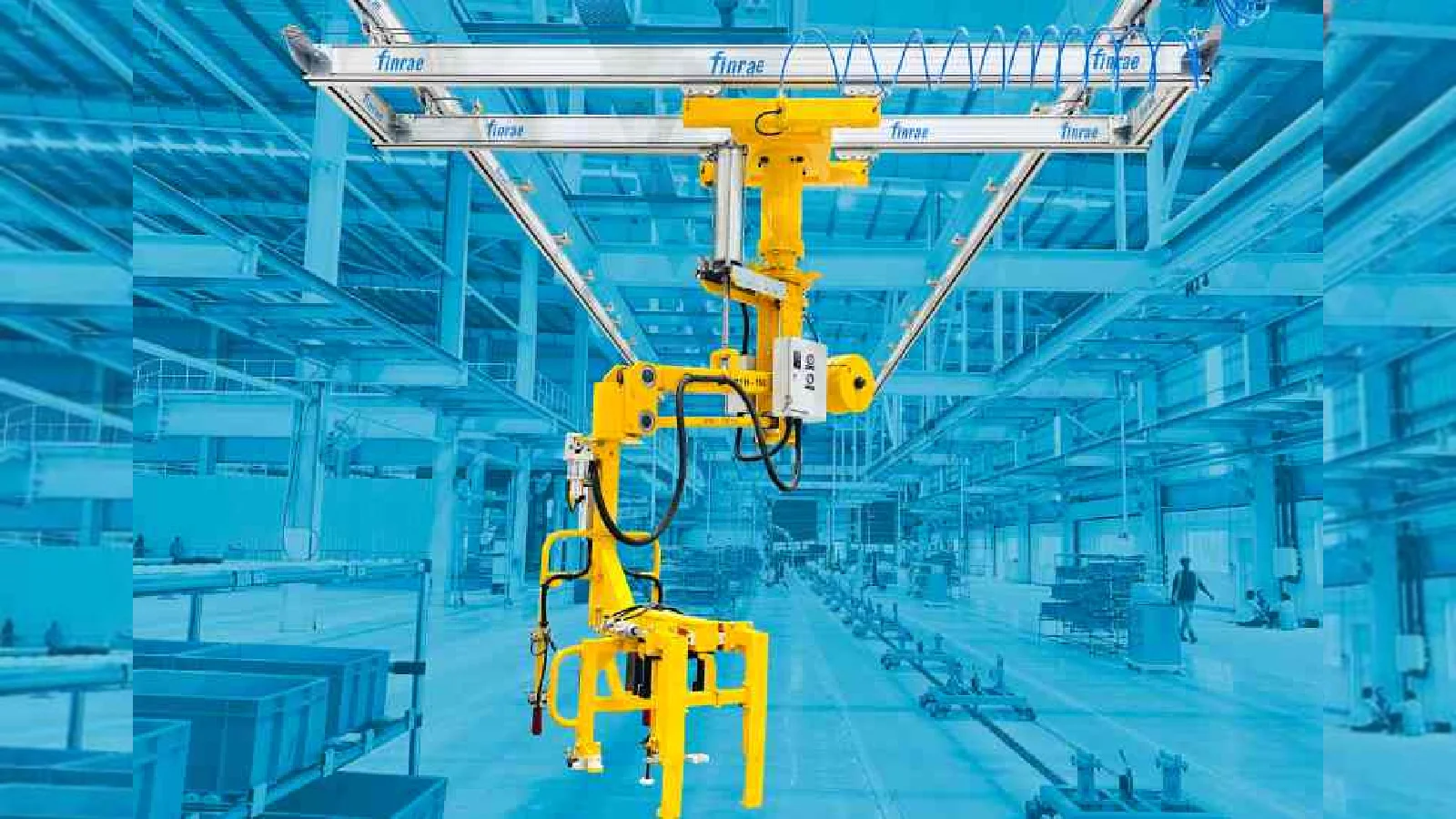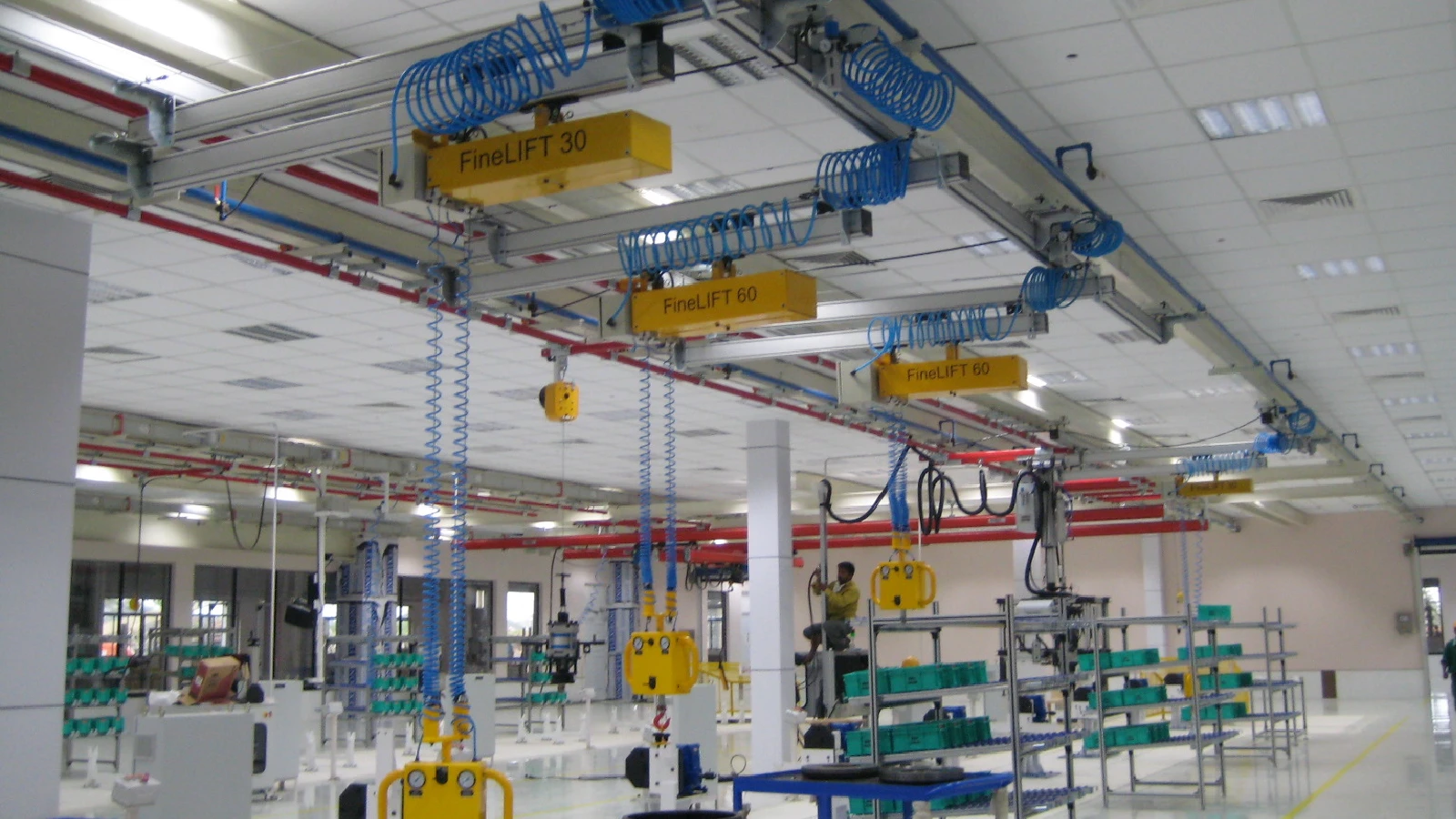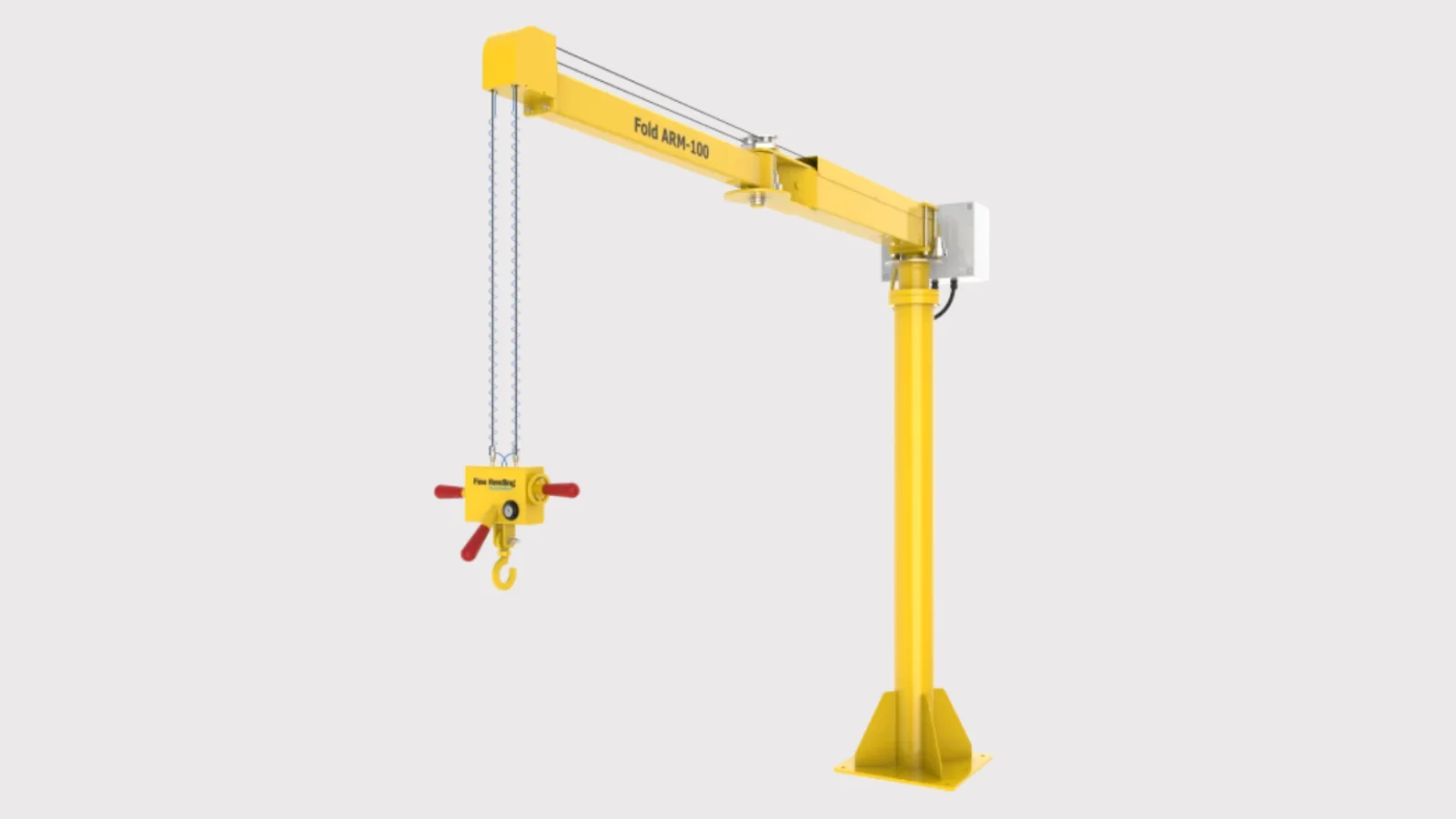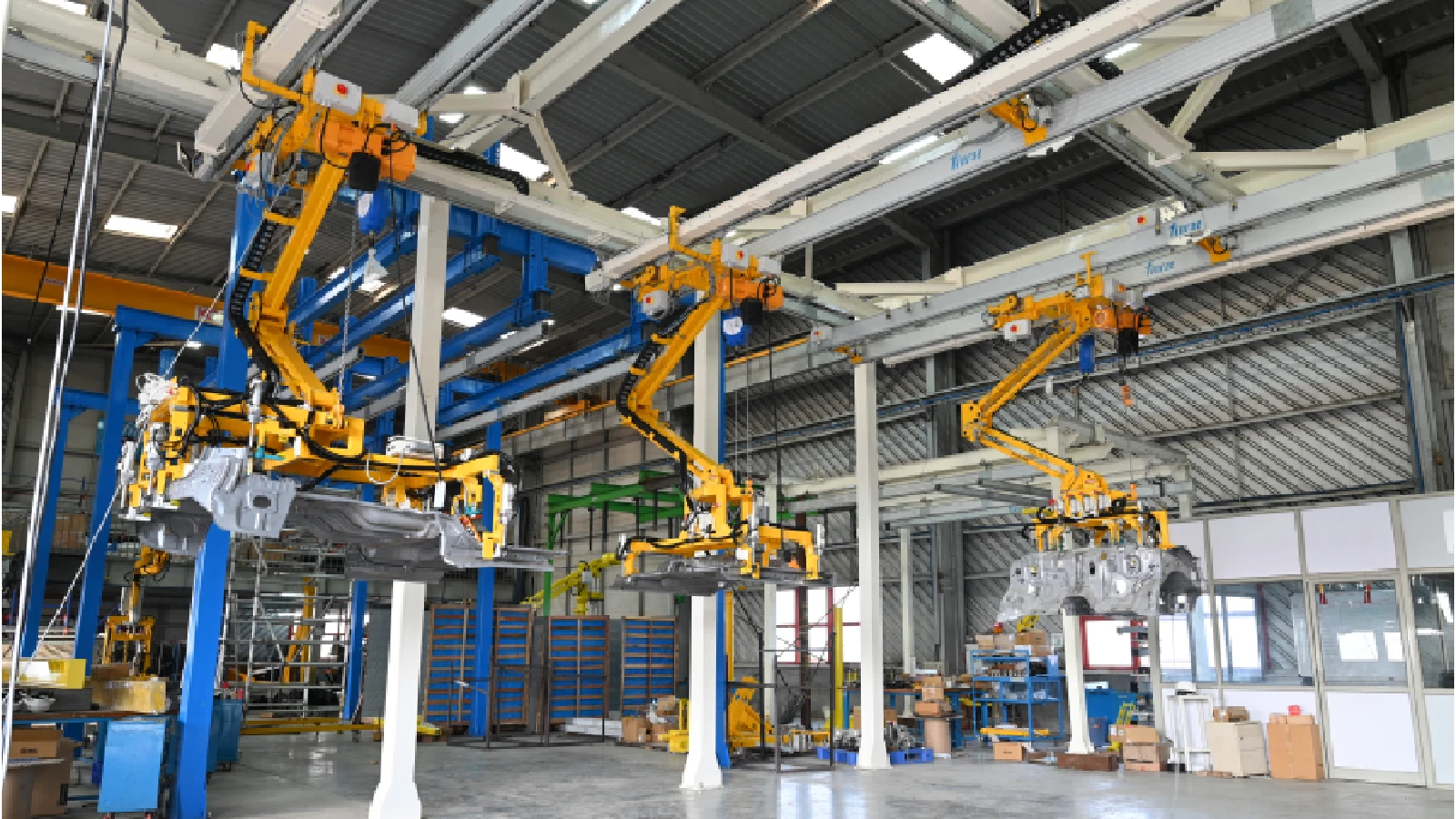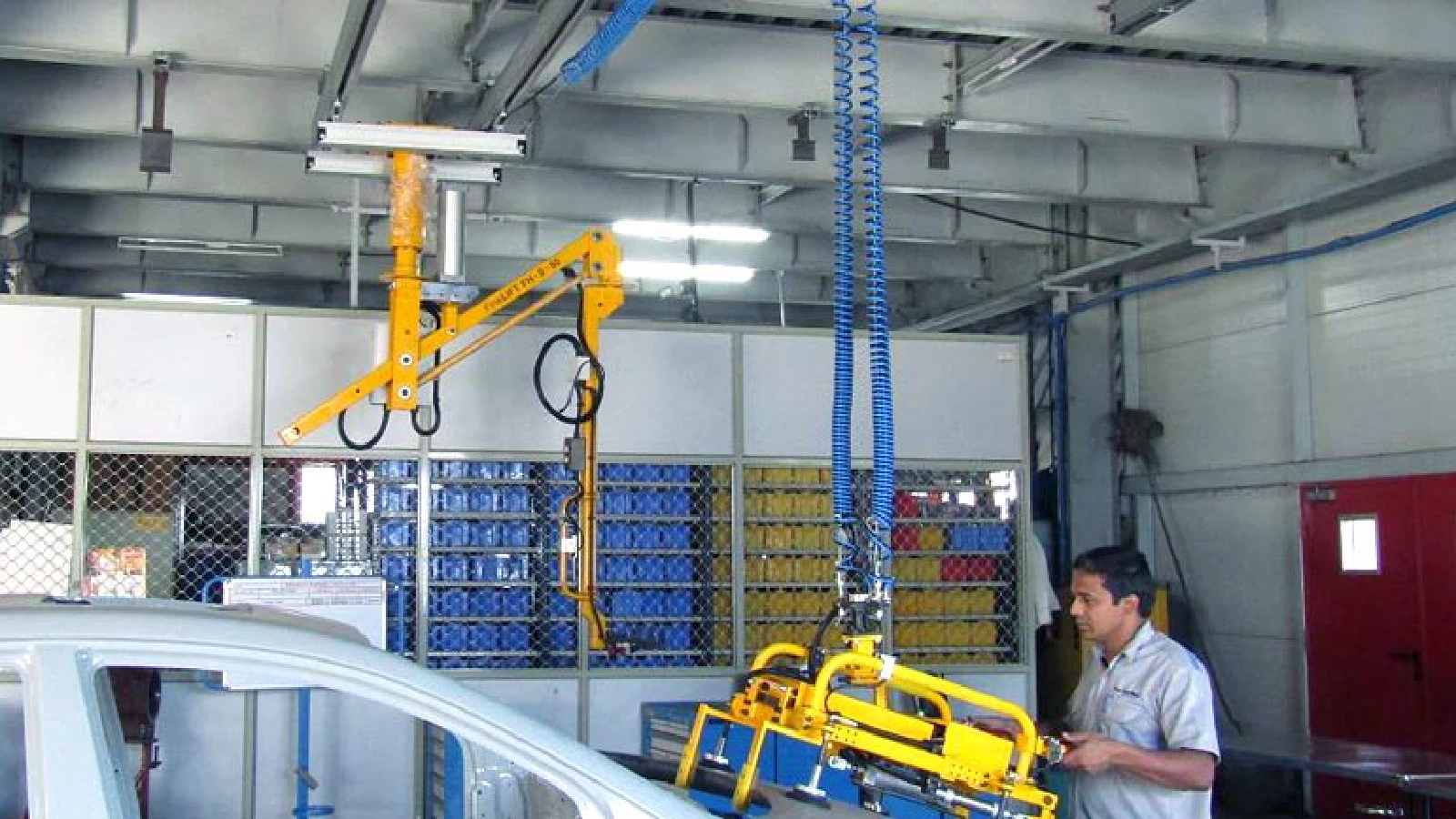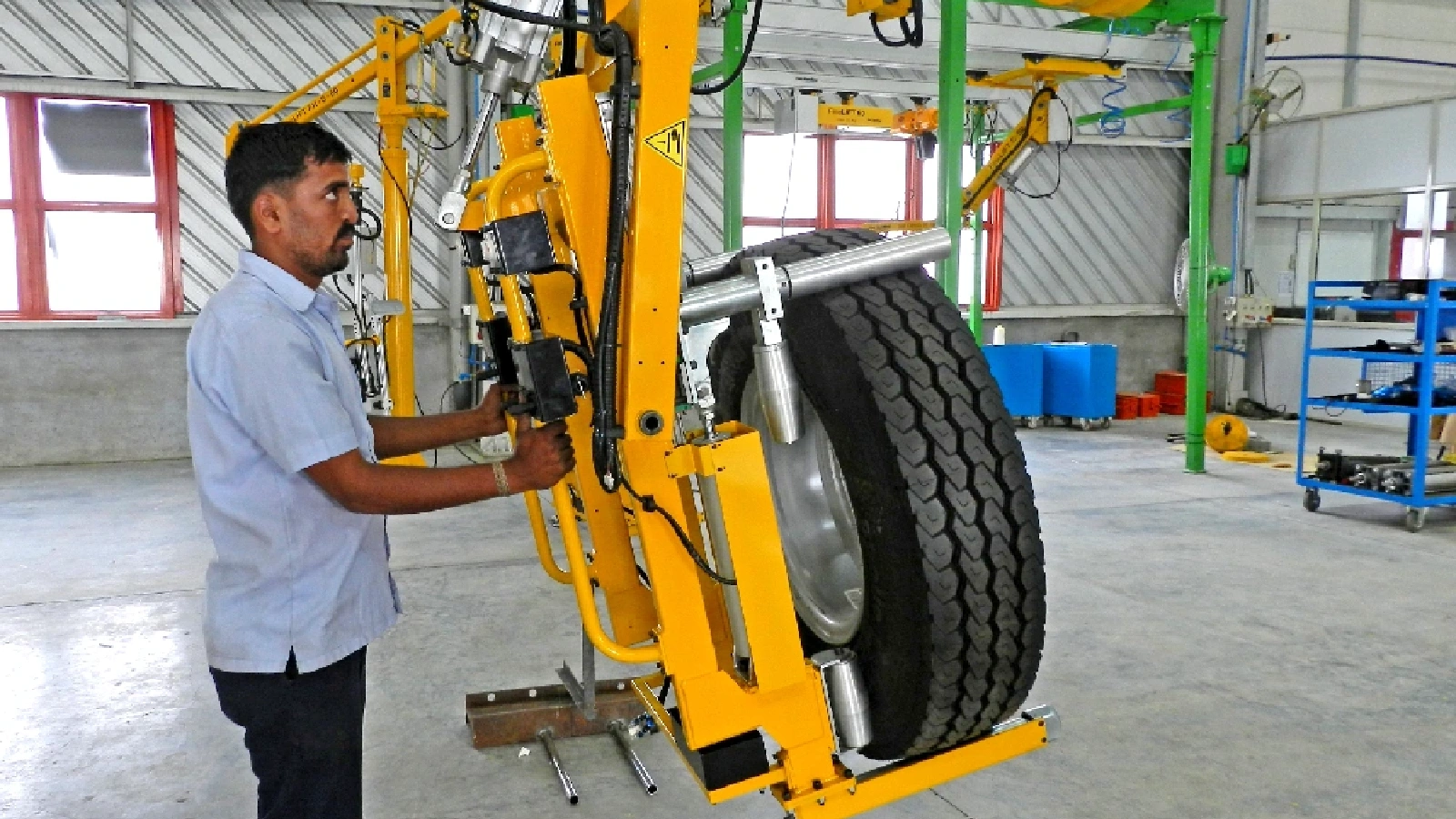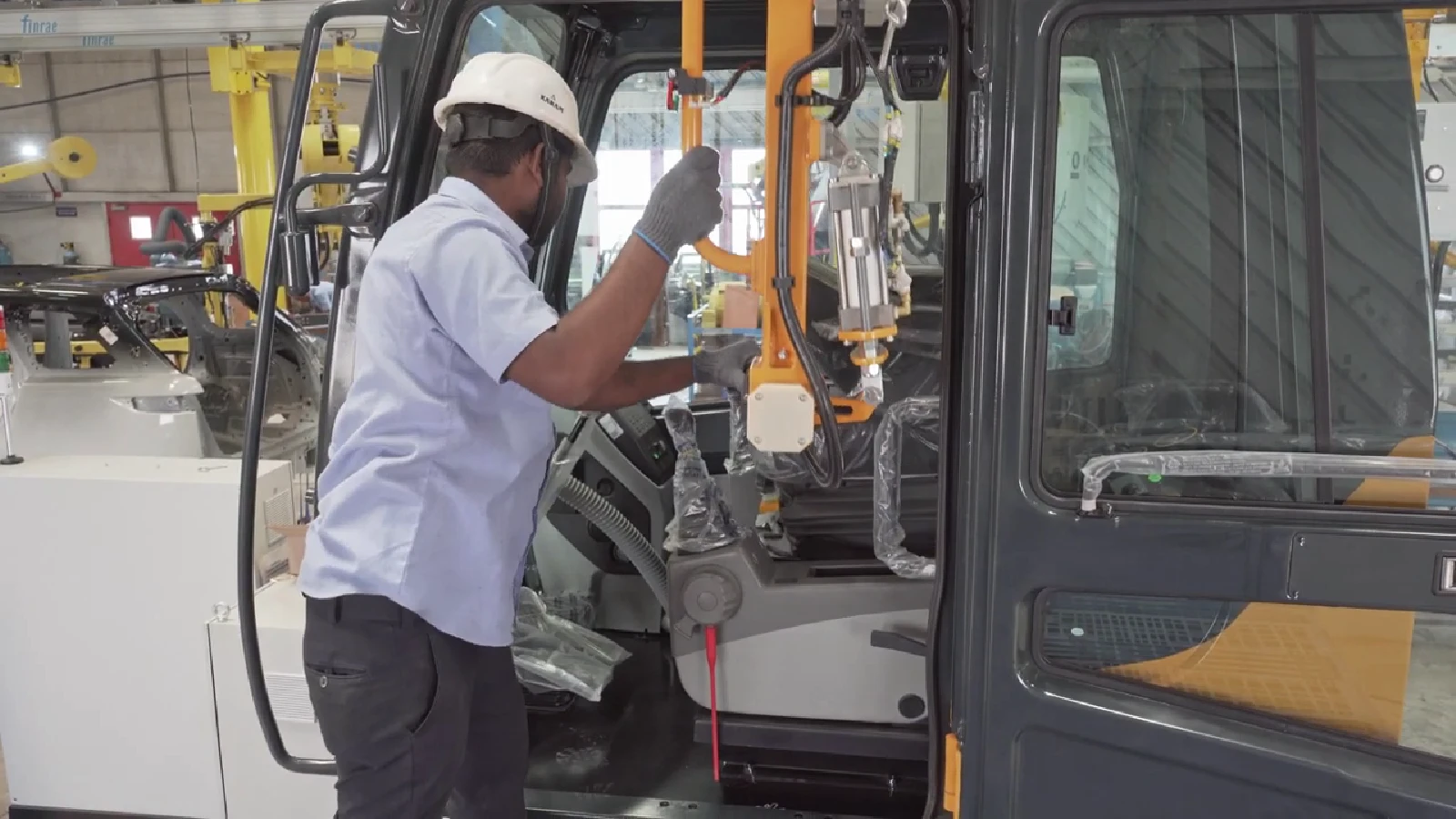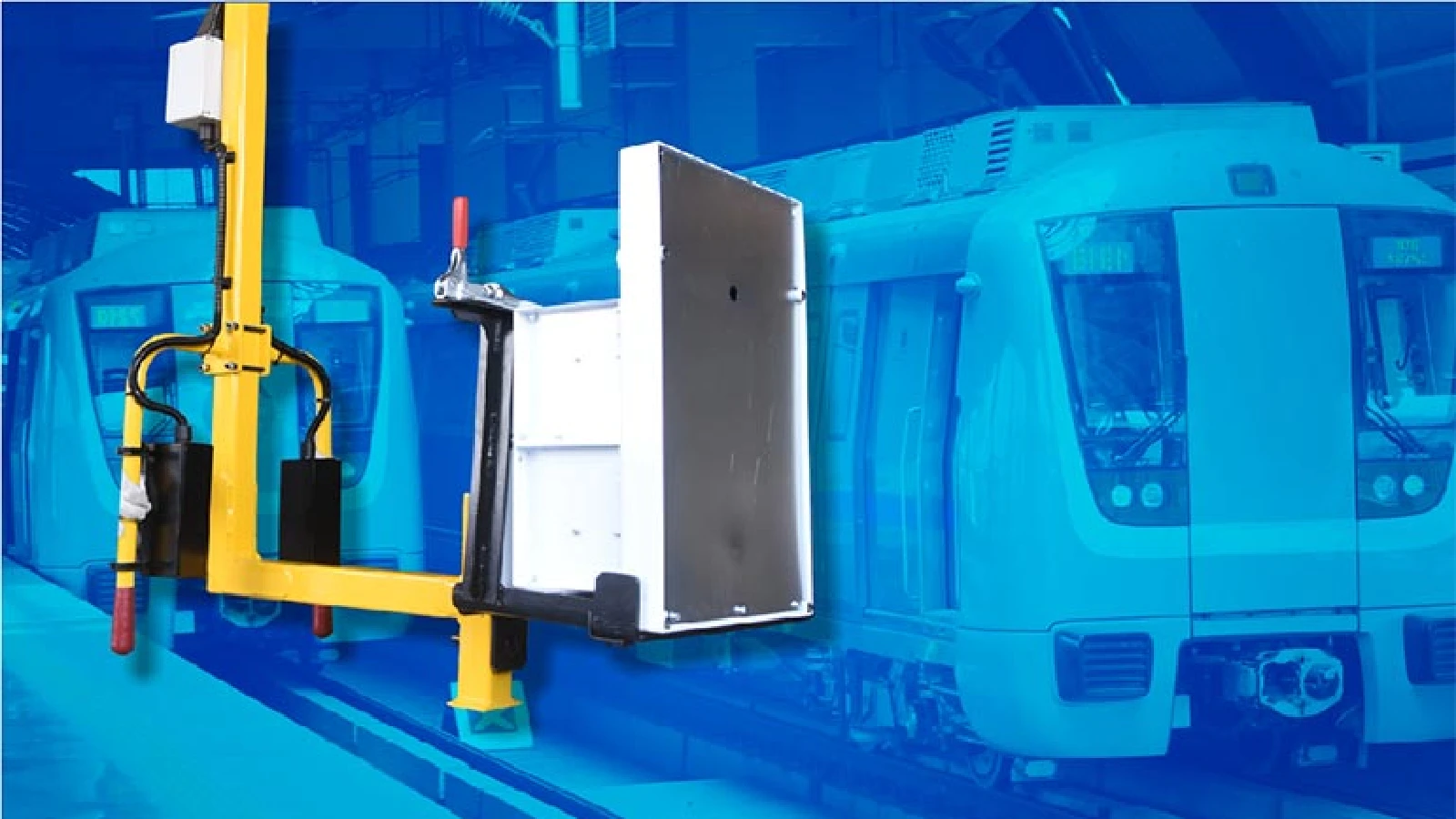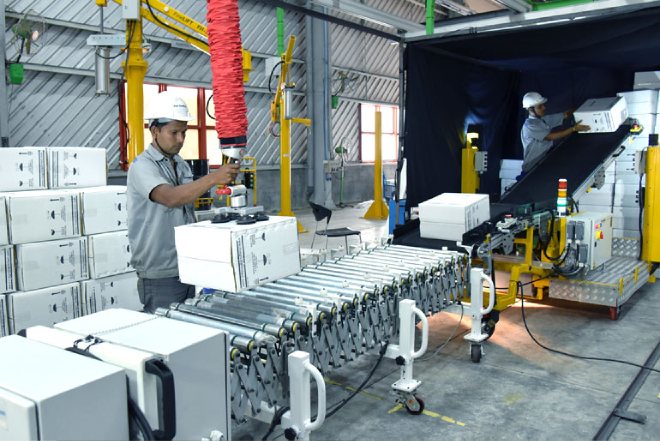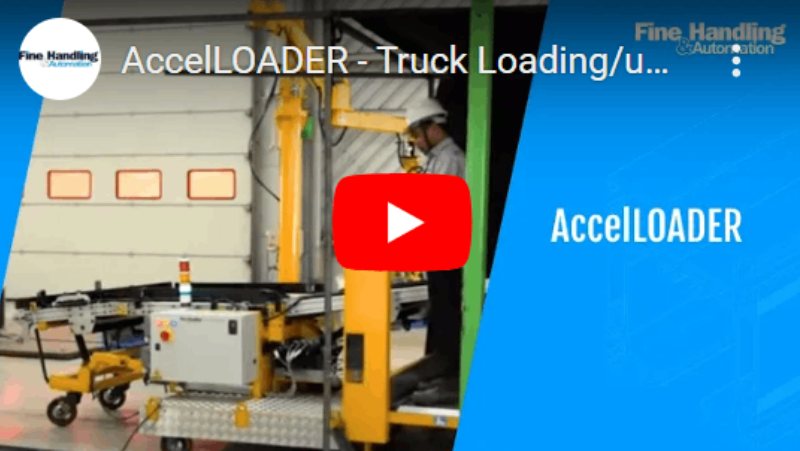Improved safety, productivity and ergonomics
Moving forward from traditional approach to handling
The railway coach and engine manufacturing industry in India is constantly evolving, with several positive trends emerging in recent years. While focus on Make in India, increased automation, and upgradation of existing manufacturing facilities is enabling high-quality and large volumes, the traditional methods of handling continue to limit productivity, hamper safety and ergonomics.
Complex handling – a necessary evil
Railway coach manufacturing is a complex and safety-critical industry. The workmen routinely experience various safety issues in handling variety of components.
Lack of proper handling equipment can lead to accidents and injuries. Most of the components used in railway coaches, transmission and auxiliary systems are heavy, with an odd size and shape, and at times even classified as hazardous materials. Pick and place jobs for such materials with traditional handling equipment such as overhead cranes, forklifts, conveyors etc. is often unsafe and time consuming. Ergonomic hazards are higher as workers are required to perform repetitive tasks, which can lead to musculoskeletal disorders. Railway coach manufacturing units often handle large and bulky components such as wheels, axles, and car bodies, which can be dangerous if not handled properly. Poor maintenance of traditional equipment and facilities can also lead to accidents and injuries.
Common challenges in handling components in locomotive manufacturing and assembly
- Non-standard handling: Most of the handling requirements in railway manufacturing is of non-standard nature and quite specific to the components.
- Complexity: Railway coaches often have a large number of components, each with its own unique shape, size, and weight, which can make handling difficult.
- Tight Tolerances: Many railway components have tight tolerances that must be met in order to ensure proper fit and function.
- Heavy Loads: Some railway components can be quite heavy, requiring special equipment or multiple people to handle safely.
- Fragility: Some railway components may be fragile or brittle and require special care when handling to prevent damage.
- Limited Space: Many railway manufacturing facilities have limited space, which can make it difficult to maneuver large or bulky components.
- Safety: Handling railway components can be dangerous, requiring special training and equipment to protect workers from injury and increasing dependency on skilled manpower.
- High Volume: Railway manufacturing facilities often require handling high volume of components in order to meet production deadlines, which can put a strain on human resources and equipment.
The need for creative pick and place solutions
The need to introduce speciality equipment for safer, ergonomic and efficient handling in railway, metro coach manufacturing is evident. It should be an integral part of modernising railway coach manufacturing units. Solutions such as industrial manipulators, customised grippers, and modular rail systems can be creatively used to solve critical handling problems.
Fine Handling is India’s leading solution provider for critical pick and place tasks in several industries. Our innovative solutions have won several awards and are used by leading global companies in Earth moving machinery, Automotive, Electrical, Renewable energy, Machine Tools and many other industries.
Fine Handling has successfully served as a partner to Public Sector companies in defence, atomic energy, heavy electrical and of course railways. Solutions designed by Fine Handling match global standards in safety and ergonomics and are easily integrated onto your existing systems on the manufacturing and assembly shops. The solutions can easily handle components from 10 Kg to 1500 Kg for picking, orientation change and accurate placement of the components.
Examples of our creative solutions for railways, metro and locomotive part manufacturers
Solution for critical task of mounting 1000+ Kg Railway wheel on sensitive balancing test bench
Mounting the railway wheel on costly and sensitive balancing test bench had a high risk of failure even with the slightest misplacement or handling error. The task involved lifting the railway wheel, presented vertically, and placing it horizontally and accurately on the probe of testing bench. Using traditional equipment such as overhead cranes for this highly critical task was risky, time consuming and unsafe. It would require multiple people, and a large space to handle the wheels with traditional equipment.
The Giga series of Industrial Manipulator made it easy for a single person to accurately place the wheel on the test bench in less than a minute. The solution saved time, ensured total safety and optimised the use of labour and space.

Solution to pick and mount large sized windshield glasses in metro rails
The windshield and other glasses used in metro railways are difficult to handle with traditional equipment because of large size, odd shapes. Further, the task demands high accuracy in mounting these glasses on metro coaches. The risks of glass damaging on the edges, cracking or complete breakage are very high in traditional ways of handling. Fine Handling’s solution allow effortless, safe and accurate mounting for the windshield glasses with minimal cycle time. The solution has helped arrest damage of costly glasses, reduced the number of people required for the job and ensured error-free fixing of glasses in first go.

One solution to handle 23 different electrical components
The metro rail coaches require fitting of a variety of electrical components, starting from panels, batteries, power back-up systems and other electronics for doors, messaging and lighting. Typically, such components are required to be fitted and assembled inside the coach with highest accuracy. Misalignments or handling errors during fitment can damage the systems. The shear variety of such components make it extremely difficult to organise reliable handling solution.
Fine Handling’s creative solution does the job. With a combination of industrial manipulator and a custom designed gripper Fine Handling provided a solution which can pick and place all the 23 types of components with easy to fit attachments. The solution enabled ergonomic and accurate fitment of all the required components in the coach even in odd or difficult to reach places.
Customised material handling solutions such as Industrial manipulators can provide several advantages in the railway industry, including:
- Increased Efficiency: Industrial manipulators can automate non-standard handling tasks that were previously performed with traditional equipment, which can increase productivity and reduce labor costs.
- Improved Safety: Industrial manipulators can perform tasks in areas that are dangerous or difficult for humans to access, reducing the risk of injuries to workers.
- Greater Precision: Industrial manipulators can be programmed to perform tasks with a high degree of precision, which can improve the quality of the work being done.
- Increased Flexibility: Industrial manipulators can be reprogrammed to perform a variety of tasks, making them more versatile than specialized equipment.
- Reduced Maintenance: Industrial manipulators can be designed to be low-maintenance, reducing downtime and costs associated with repairs and maintenance.

Partner to your automation and modernisation initiatives
Industrial manipulators can be used in a variety of applications in railway manufacturing, including:
- Assembly of railway components, such as wheels, axles, and car bodies, doors, power equipment etc.
- Apply painting and coating to railway components, providing a higher degree of precision and consistency than manual methods
- Mounting of railway components on testing and inspection benches without any damage to the sensitive electronics, cameras and sensors.
- Maintenance tasks on railway equipment, such as lubrication, cleaning, and replacement of parts
- Loading and Unloading railway components, such as wheels and axles, from transportation vehicles.
- Packaging and Palletizing finished railway components, reducing the labor required for manual handling.
Fine Handling is keen to partner with coach manufacturing factories, vendors supplying components to railways, who want to improve the safety, ergonomics, and productivity as a part of their modernisation initiatives.
To know how Fine Handling can help for your specific applications, get in touch with us at projects@fine-handling.com







